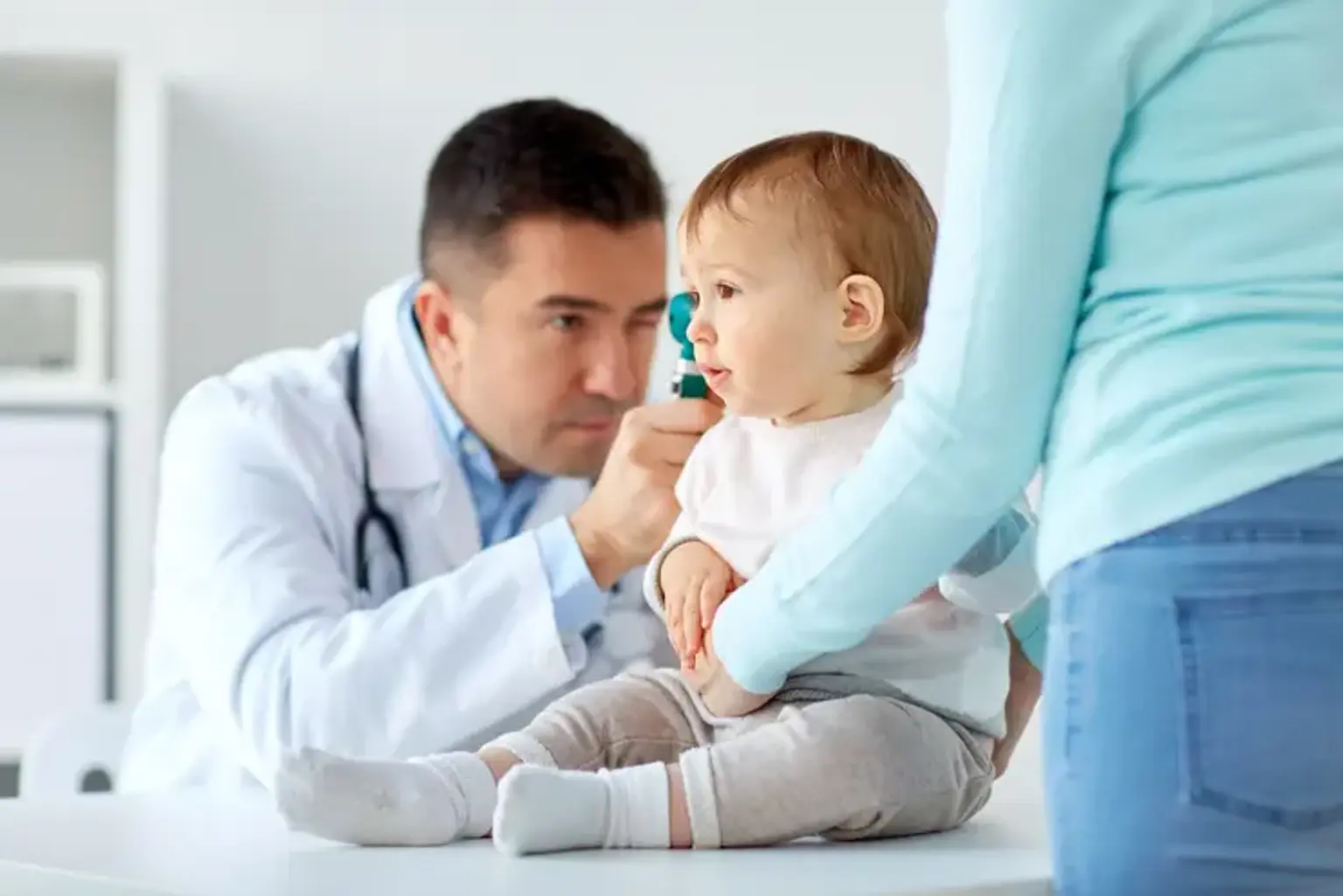Pediatric Otolaryngology
What is Pediatric Otolaryngology?
If your child has a problem with his or her head or neck, your doctor may advise you to consult a pediatric otolaryngologist. That is someone who treats problems with the ears, nose, and throat, as well as other parts of the head and neck. They are abbreviated as ENTs.
A pediatric otolaryngologist has the skills and qualifications to treat your kid if he or she requires surgery or intensive medical therapy for diseases or disorders involving the ear, nose, or throat. Many general otolaryngologists treat children surgically. However, children can get more specialized otolaryngology care.
Pediatric otolaryngologists work with children from infancy through adolescence. They choose to focus their medical practice on pediatrics, and the particular nature of medical and surgical treatment for children is acquired via extensive training and practice.
